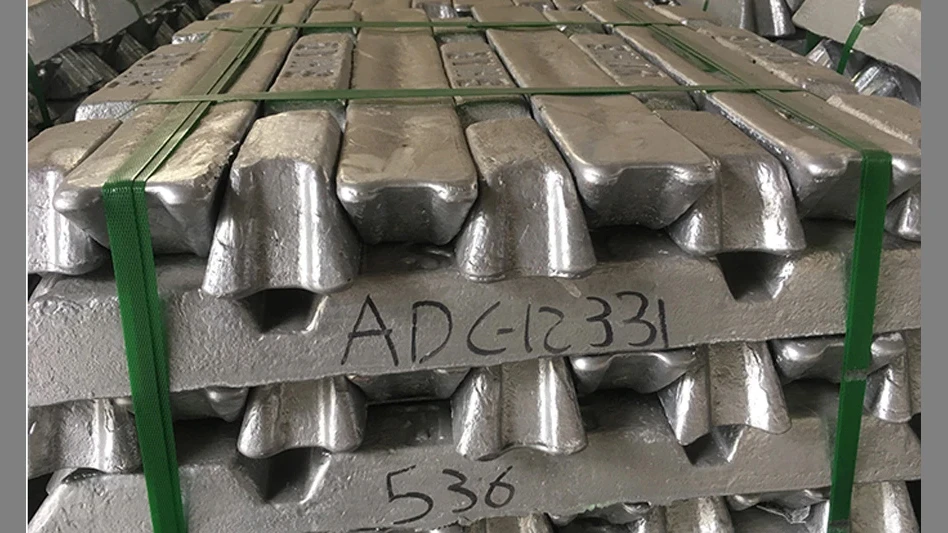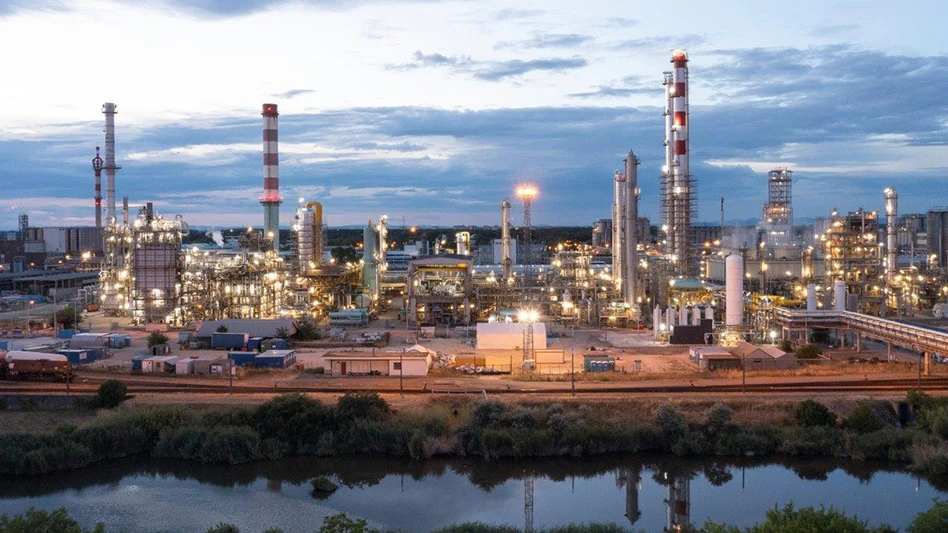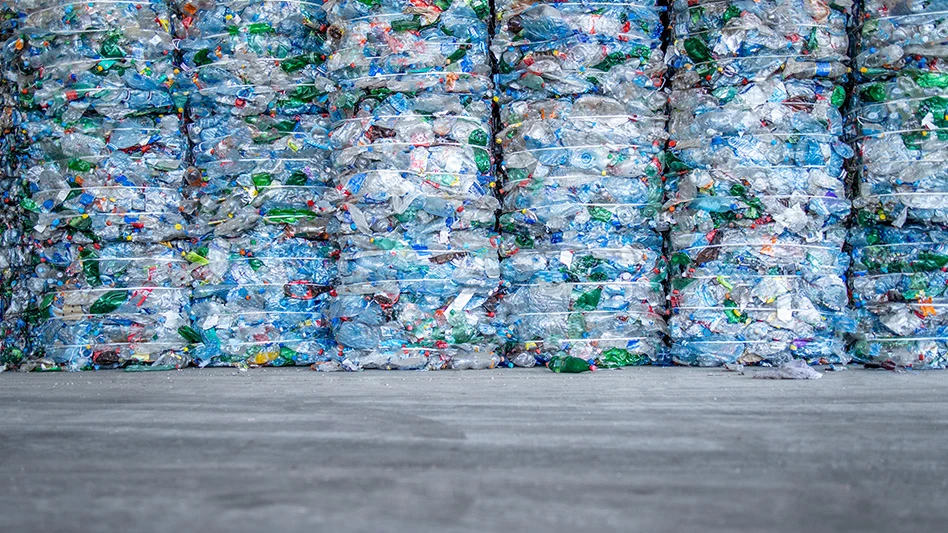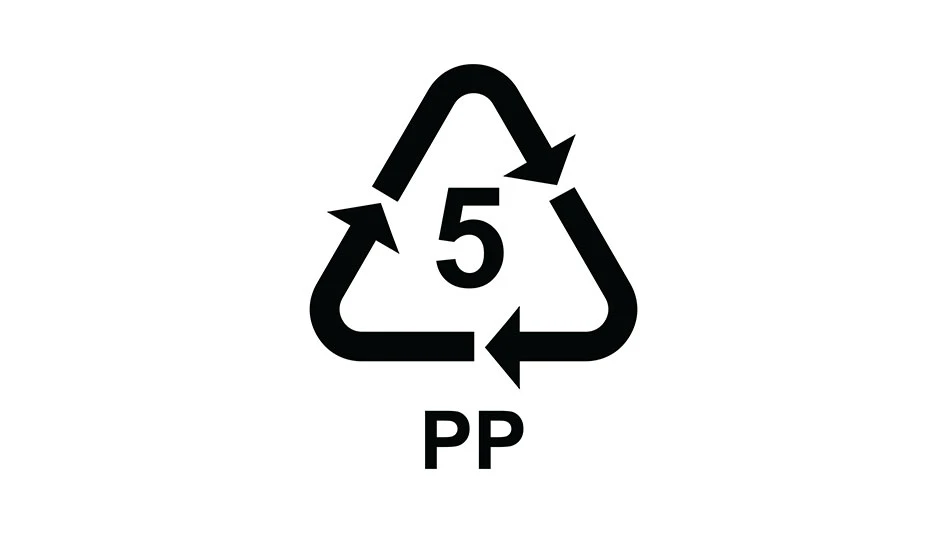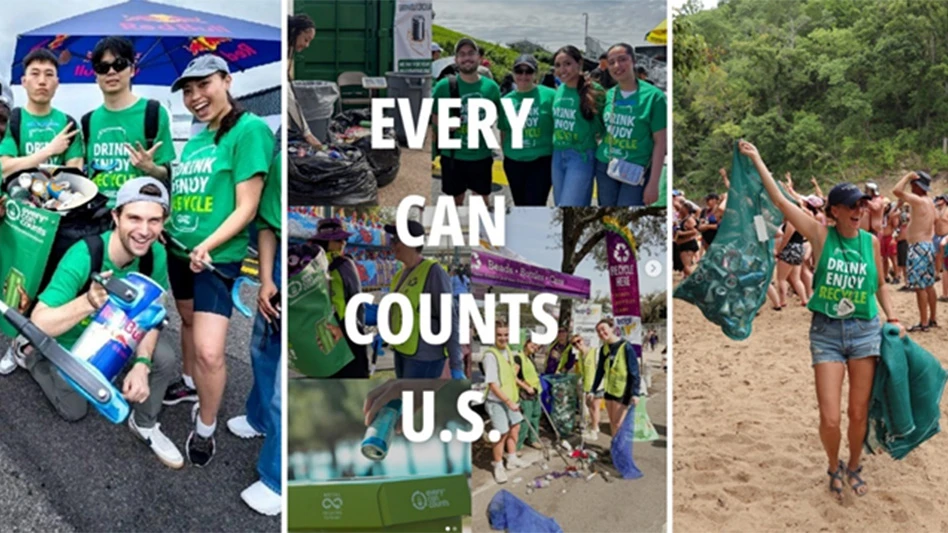
Image courtesy of Ascen Elements
Ascend Elements, Westborough, Massachusetts, has hired professional services firm Ernst & Young LLP (EY US) to develop a logistics simulation model in preparation for the 2025 startup of its 1 million-square-foot Apex 1 EV battery materials manufacturing facility in Hopkinsville, Kentucky.
The Apex 1 campus will employ more than 400 people and produce sustainable engineered battery materials, including cathode precursor, or pCAM, and cathode active materials, or CAM, for up to 750,000 electric vehicles (EVs) per year.
While most of the world’s pCAM and CAM are made in China from primary, or mined, metals, Ascend Elements is commercializing a method to make sustainable pCAM and CAM from black mass, the traditional output of lithium-ion battery recycling facilities. The company’s patented Hydro-to-Cathode direct precursor synthesis process eliminates several intermediary steps in the traditional cathode manufacturing process and provides significant economic and carbon-reduction benefits, Ascend Elements says.
“As you can imagine, a project of this size and scope requires a lot of logistics planning,” says Rodrigo Almeida, senior director of supply chain at Ascend Elements. “EY US is using its experience and insight to help us anticipate logistical challenges and optimize our operations to achieve world-class efficiency and minimal impact on the community.”
The facility will receive truckloads of recycled battery feedstock daily and ship more than 450 metric tons of sustainable pCAM, materials per week, according to Ascend. The EY US logistics model can run simulations under many different scenarios to determine the most efficient way to operate the plant and manage traffic flow.
“While the plant will bring new truck traffic to the area, we are actually creating a net reduction of carbon emissions by offsetting the need to ship newly mined battery materials from Asia,” Almeida says.
Felipe Smolka, EY Americas automotive e-mobility leader, says, “It’s been impactful working with Ascend Elements to predict possible logistical challenges and opportunities as the transition planning will help inform manufacturing operations. At EY US, we believe the energy transition is a critical aspect of the automotive industry’s future and one that manufacturers must consider.”
“We had a lot of questions about traffic flow and timing that the simulation helped us understand,” says Bruno Feitosa, an industrial engineer at Ascend Elements. “How many trucks can the site accommodate at one time? Will trucks have room to queue up on-site without creating unnecessary traffic on local roads? How long will it take to load and unload each truck? Do we need to take deliveries 24 hours a day, or can we load and unload in the daytime only? Understanding the answers to these questions is essential to plan for optimal efficiency and safety.”
Get curated news on YOUR industry.
Enter your email to receive our newsletters.
Latest from Recycling Today
- SWANA report addresses curbside recycling contamination reduction
- NWRA accepting hall of fame nominations
- Nucor says current quarter will offer leaner profits
- Bantam Materials hits 20th birthday
- Closed Loop Partners deploys $10M loan to GreenMantra Technologies
- Petroleum, auto industry EPR compliance program approved in Colorado
- Batteries Plus, Dallas Cowboys launch multiyear partnership
- rPlanet Earth closes its doors
